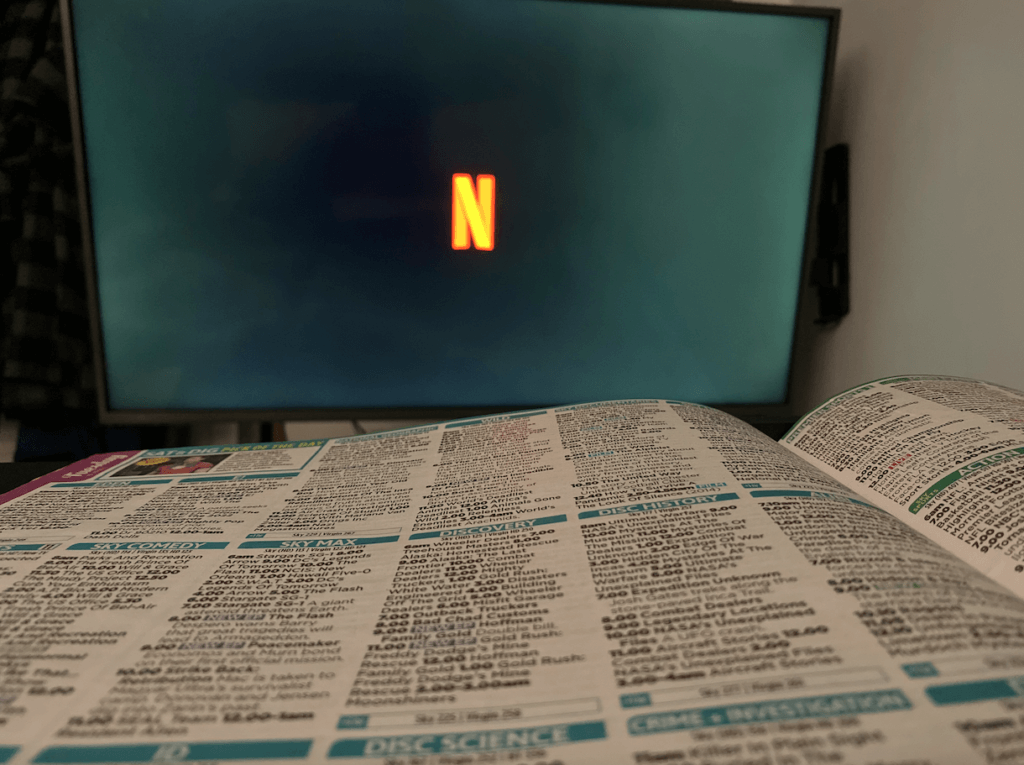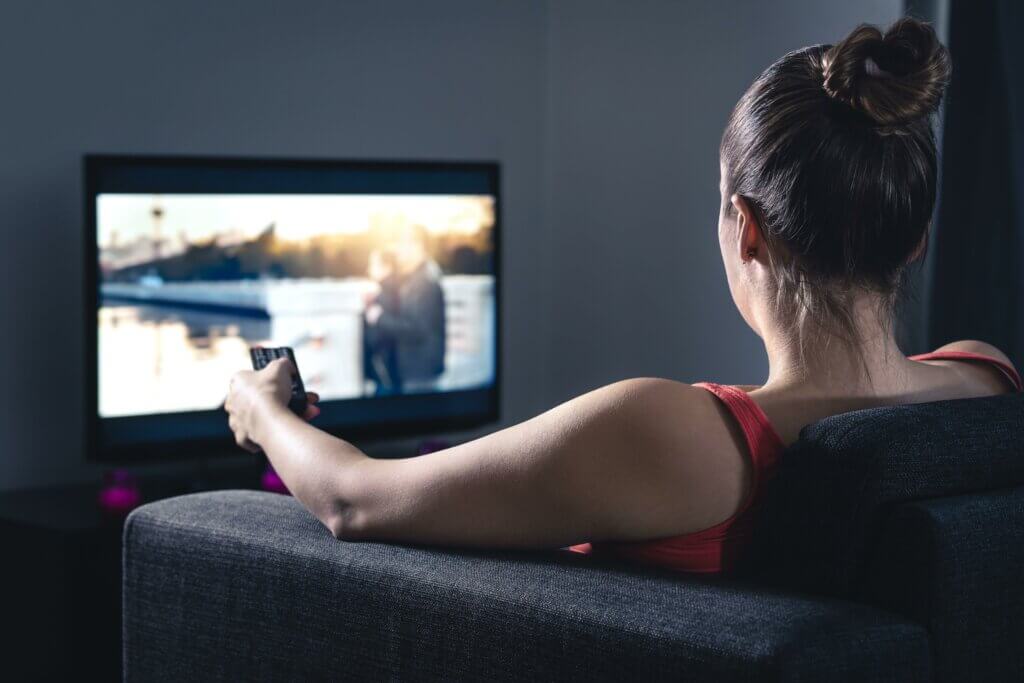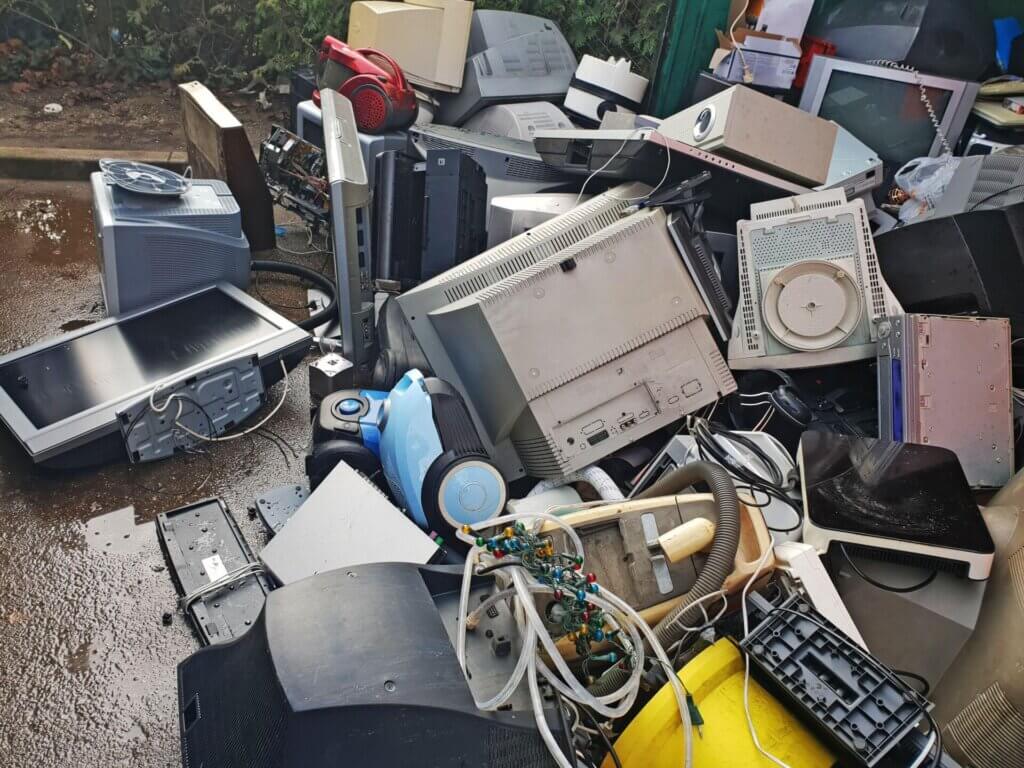Has Netflix finally overtaken traditional TV?
Written by Tyler Selby on 7th April 2022
For years live TV audiences have been in decline in favour of streaming. Tyler Selby investigates recent data and what it means for traditional TV channels.
There was a time when live TV could not be missed.
You had to tune in there and then to watch the final episode of your favourite BBC drama, or the final of the latest ITV reality show to catch that winning moment live.
Nowadays, the idea of everyone tuning in at the same time to watch something on TV still feels familiar, but doesn’t happen as often as it used to, and doesn’t need to happen at all. The rise of streaming services and on-demand has meant that more people have shifted to watching shows as and when they please.
Data from AudienceProject in 2022 showed that in the last year people in the UK watching linear TV dropped from 79% to 69% in 2021. In the next 5 years, only 47% of people said that they still see themselves watching linear TV.
“I think people have their own reasons, which are somewhat dependent on which demographic group you are in” said Martyn Bentley, the Commercial Director at AudienceProject. “Younger audiences expect ‘on demand’ as that’s all they have known – and if you can handle the ads, you don’t have to pay for the content, for example.”
The shift from linear TV to streaming has been happening for some time, with the figures proving this idea year-on-year. However, this ‘trend’ is now settling in, and seems to be having an effect on traditional television.
But does this mean the way we discuss TV is changing? Naturally, with on-demand where episodes are often released all in one go, you lose the ‘water-cooler’ moments where everybody tunes in and discusses what they watched last night at work the next day. Are these conversations even happening?

Dr Chris Bilton, a reader at Warwick University who has done previous research into culture and creativity at work, believes these interactions are still somewhat happening, just not specifically in a work environment, stating: “The conversation you have with strangers is now a conversation you have with friends and followers through digital media platforms. But those conversations can be equally excitable and energised as before. They’re probably just happening in a slightly more contained way.”
A big source of revenue for big advertisers is linear TV, as opposed to streaming on services such as Netflix, where people pay a subscription for an ad-free service. This can be damaging for advertisers. One of the most staggering pieces of data from the AudienceProject insight stated that 70% of UK linear TV viewers found advertising irrelevant to them, up from 56% the previous year.
Bentley from Audience Project said: “Our view is that it is the repetitive ads on traditional TV which are the ‘irritant’ here – and that is perhaps amplified by the now widespread availability of ad-free content services like Netflix et al. If ads on linear TV are actually more repetitive than before this needs to be investigated.
“As a company concerned with understanding audiences on behalf of marketers, our data shows that what began as trends, are now becoming established norms. This new normal of massively increased digital media consumption means that marketers’ lives just got much harder, as the planning of reaching audiences cannot be done using established models.”
The power of streaming services and online TV is its algorithms. Shows can be recommended to the viewer based on what they watch, and advertisements can be tailored for a viewer. Bentley added: “Digital delivery of TV does hold the promise and capability of targeting ads to each individual viewer. Advertisers are already harnessing the value inherent in this with good results.”

Discussing TV in casual conversation obviously became more fragmented during the Covid age. Less people were in offices, and while TV took a more significant role in people’s lives, social media was where people naturally turned to for that sense of togetherness and discussion.
With more people than ever turning to TV to keep busy during this time, it had the potential to drive people away even further from linear TV and completely revolutionise how people consume it.
Bilton from Warwick University highlighted: “During lockdown, the only sort of vicarious social activities people had was watching (shows like) Tiger King. Then you have things like the new Beatles thing on Disney+, that has created quite an intense, but small conversation amongst Beatles fans about the creative process.
I think you’re probably getting, as with social media, compared to the big public service broadcasting and big newspaper media, you’re still having those conversations but in a more fragmented way.”
It’s an interesting point. The age of social media allows people to ‘find their tribe’ online and engage in discussions about niche topics that the everyday office conversation would not cover, so linear TV becomes less necessary to people that have found their niche.
“Lots of people do not read newspapers. So, you know, when your Sunday paper gives you a guide to what is on that week, that might influence you what to watch. Lots of people don’t look at that anymore, so social media becomes the alternative.” Bilton added.

What does all of this mean for linear TV going forward? It’s clear that it still has its place. 2021’s most viewed show in the UK, the final episode of Series 6 of Line of Duty, pulled more ratings than 2011’s highest rated show, the wedding of Prince William and Kate.
If anything, the biggest pressure might be on advertisers. If viewers are becoming less engaged with advertising at an alarming rate, they might have to rethink how they engage with people in the modern day.







